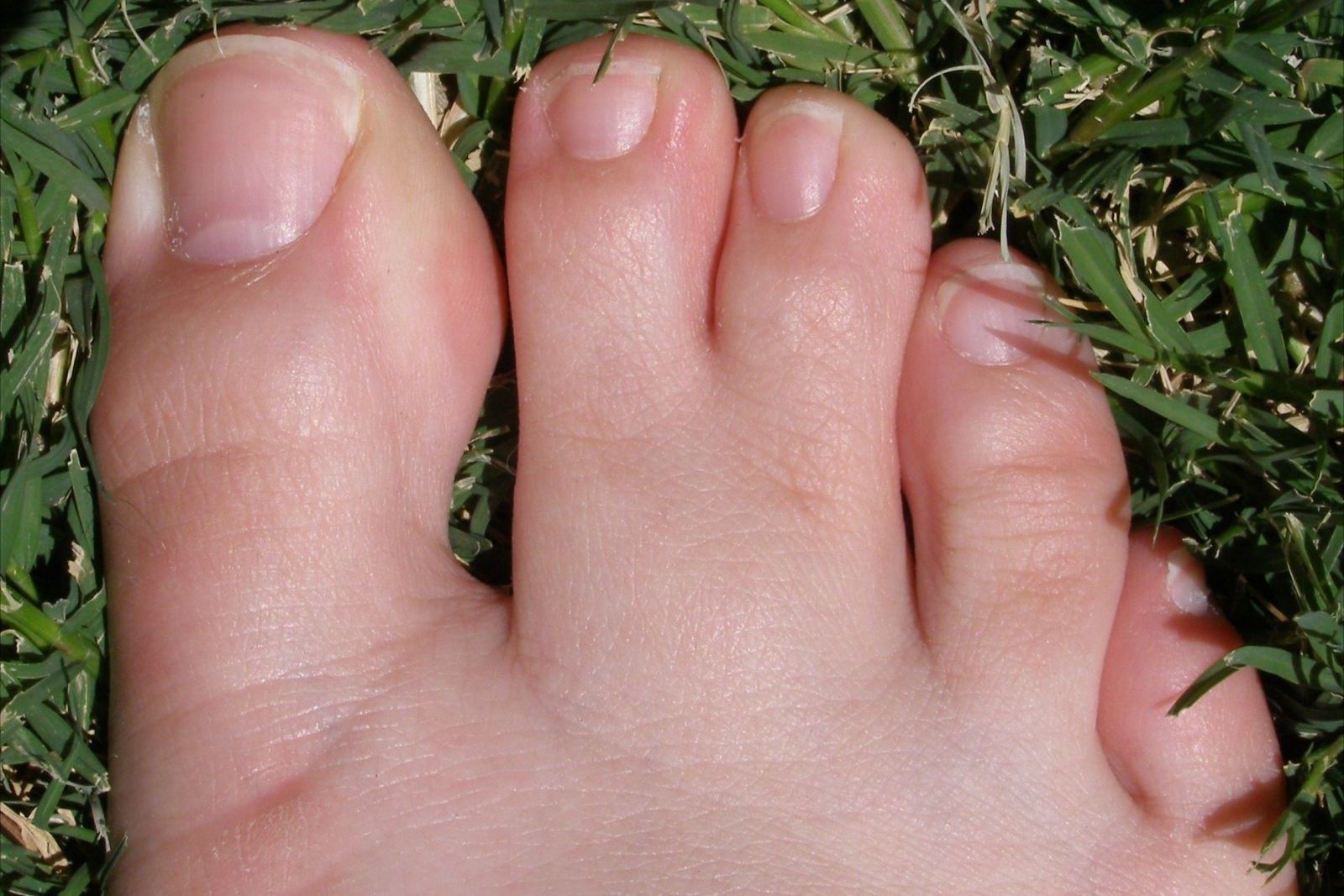
What is Jackson–Weiss Syndrome? Jackson–Weiss Syndrome (JWS) is a rare genetic disorder that affects the development of bones in the skull and feet. It was first identified in 1976 in a large Amish family. The condition is caused by mutations in the FGFR2 gene, which leads to premature fusion of skull bones (craniosynostosis) and various foot abnormalities. People with JWS often have distinctive facial features like a prominent forehead, bulging eyes, and widely spaced eyes. Foot issues include extra toes, fused bones, and broad great toes. JWS is inherited in an autosomal dominant pattern, meaning one copy of the altered gene can cause the disorder.
What is Jackson–Weiss Syndrome?
Jackson–Weiss Syndrome (JWS) is a rare genetic disorder that affects the development of bones in the skull and feet. It was first described in 1976 by C.E. Jackson in a large Amish family. Since then, several other families and isolated cases have been identified.
-
Definition and Characteristics: JWS is marked by premature closure of the fibrous joints (cranial sutures) between certain skull bones, leading to craniosynostosis. This condition prevents the skull from growing normally, affecting the shape of the head and face. Foot abnormalities are also common.
-
Genetic Basis: The disorder is linked to mutations in the FGFR2 gene. This gene provides instructions for making a protein called fibroblast growth factor receptor 2, crucial for signaling immature cells to become bone cells during embryonic development.
-
Inheritance Pattern: JWS is inherited in an autosomal dominant pattern. One copy of the altered gene in each cell is enough to cause the disorder. Individuals with JWS have a 50% chance of passing the mutated gene to their offspring.
Symptoms and Signs
The symptoms and signs of Jackson–Weiss Syndrome can vary widely among affected individuals. Here are some common features:
-
Craniosynostosis: Premature fusion of certain skull bones prevents normal skull growth, affecting the shape of the head and face.
-
Midfacial Hypoplasia: Underdeveloped midfacial regions are a common characteristic.
-
Preaxial Foot Polydactyly: Extra toes on the inner side of the foot are often observed.
-
Tarsal Synostosis: Fusion of bones in the foot is another frequent symptom.
-
Frontal Bossing: A prominent forehead is a typical feature.
-
Proptosis: Bulging eyes are commonly seen in individuals with JWS.
-
Ocular Hypertelorism: Widely spaced eyes are a characteristic feature.
-
Downslanted Palpebral Fissures: Eyes that slant downward are often observed.
-
Ptosis: Drooping eyelids can be a symptom of JWS.
-
Strabismus: Crossed eyes are frequently seen in affected individuals.
-
Flat Nasal Bridge: A flat area between the eyes is common.
-
Maxillary Hypoplasia: Underdeveloped upper jaw is often observed.
-
Cleft Palate: A split in the roof of the mouth can occur.
-
Malformed Ears: Abnormal shape or structure of the ears is another feature.
Foot Abnormalities
Foot abnormalities are the most consistent features of Jackson–Weiss Syndrome. These include:
-
Broad Great Toes: Wide and short first toes are typical.
-
Syndactyly: Fused or webbed toes are often seen.
Additional Features
While most individuals with JWS have normal intelligence, some may experience intellectual disability. Hearing impairment can also occur due to abnormal ear development. People with JWS generally have a normal life span, although ongoing medical care and surgical interventions may be necessary.
- Hearing Impairment: Some individuals may experience hearing problems due to abnormal ear structures.
Jackson–Weiss Syndrome is a complex genetic disorder with distinctive craniofacial and foot abnormalities. Understanding its genetic basis, inheritance pattern, symptoms, and treatment options is crucial for providing comprehensive care to affected individuals. Ongoing research and patient advocacy efforts are essential for improving the management and quality of life for those living with this rare condition.
Understanding Jackson–Weiss Syndrome
Jackson–Weiss syndrome is a rare genetic disorder that affects the development of bones in the skull and feet. Caused by mutations in the FGFR2 gene, it leads to distinctive craniofacial and foot abnormalities. Symptoms can vary widely, including craniosynostosis, midfacial hypoplasia, and foot issues like preaxial polydactyly. While most individuals have normal intelligence, some may experience intellectual disability. Diagnosis involves genetic testing and clinical evaluation. Treatment often requires surgical interventions to correct bone malformations and manage associated conditions. Genetic counseling is crucial for affected families to understand inheritance patterns and risks. Though rare, ongoing research and patient advocacy are essential for improving the quality of life for those living with this condition. Understanding Jackson–Weiss syndrome helps in providing comprehensive care and support to those affected.
Was this page helpful?
Our commitment to delivering trustworthy and engaging content is at the heart of what we do. Each fact on our site is contributed by real users like you, bringing a wealth of diverse insights and information. To ensure the highest standards of accuracy and reliability, our dedicated editors meticulously review each submission. This process guarantees that the facts we share are not only fascinating but also credible. Trust in our commitment to quality and authenticity as you explore and learn with us.


